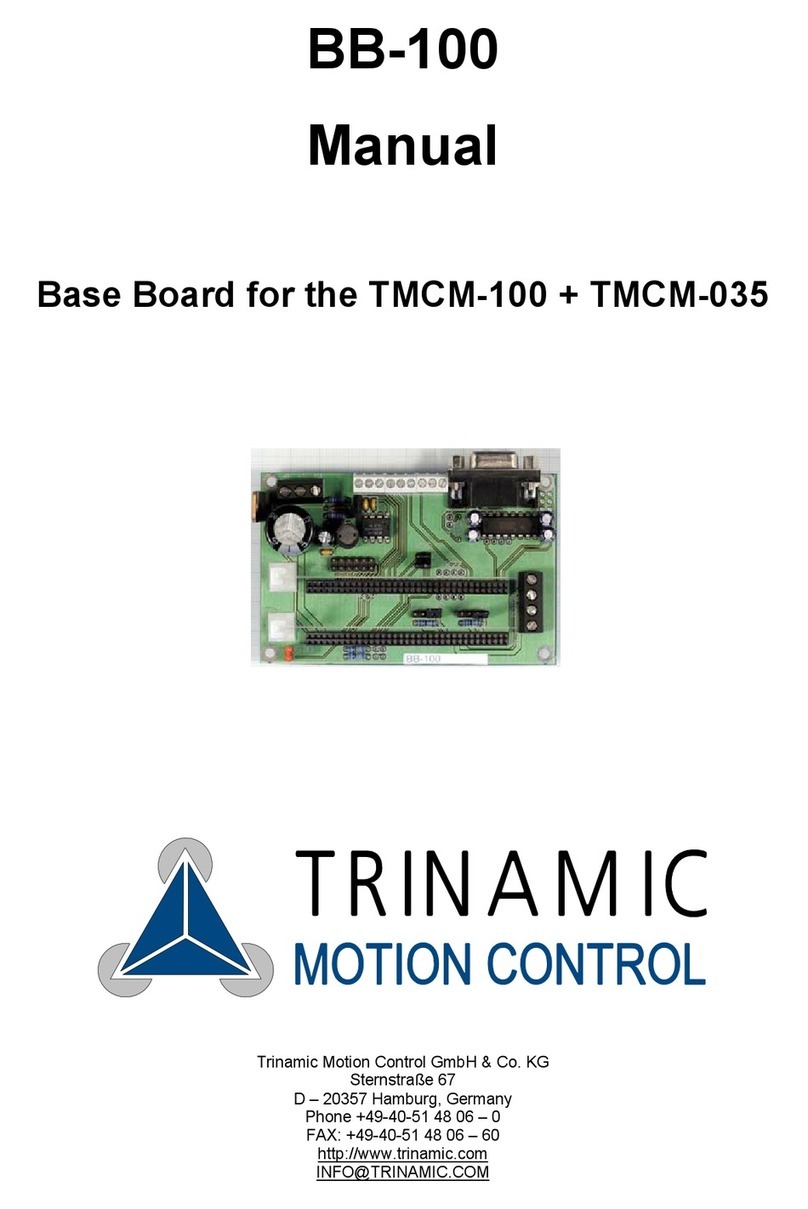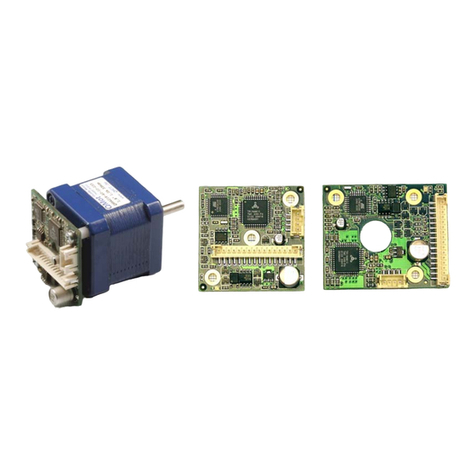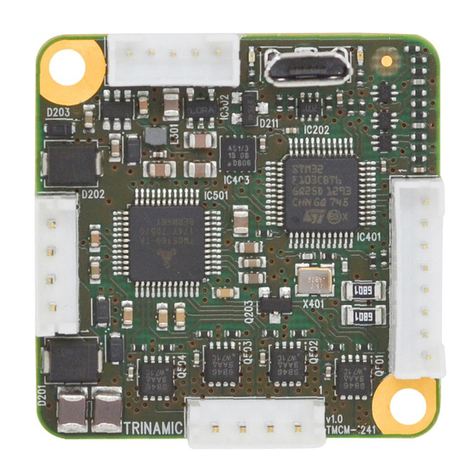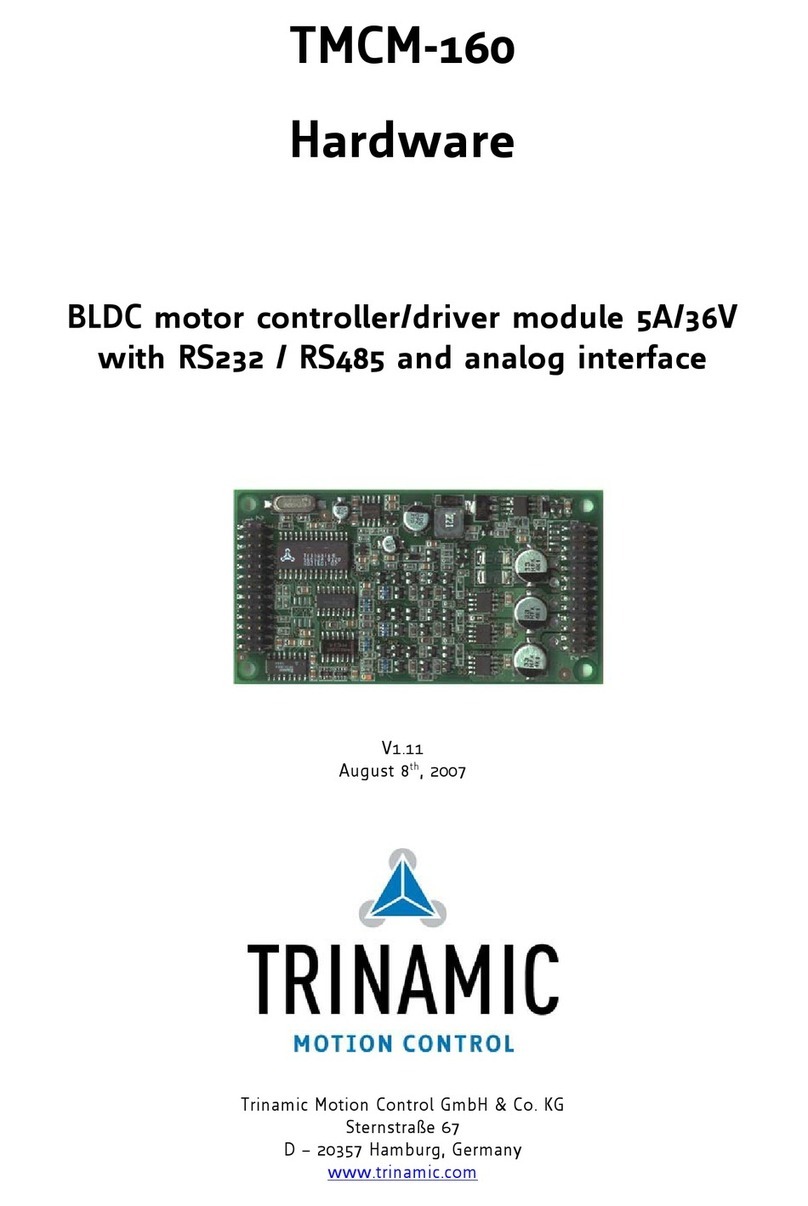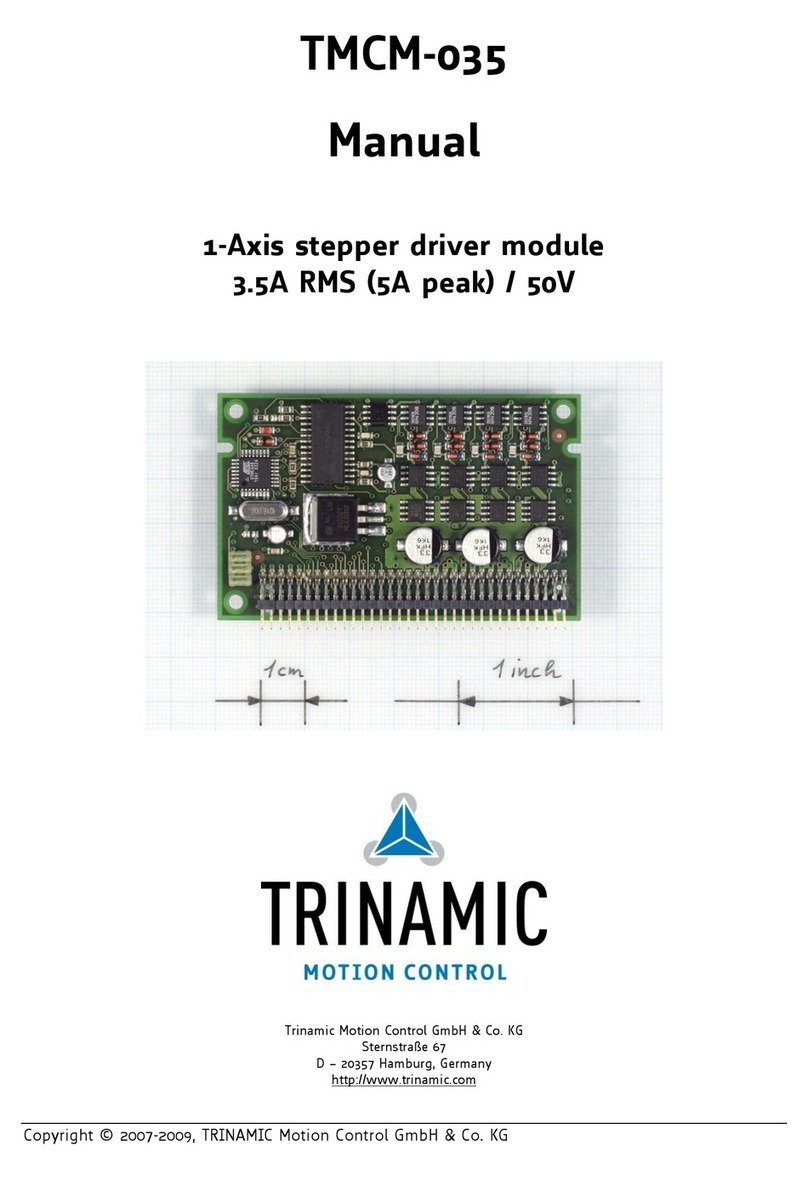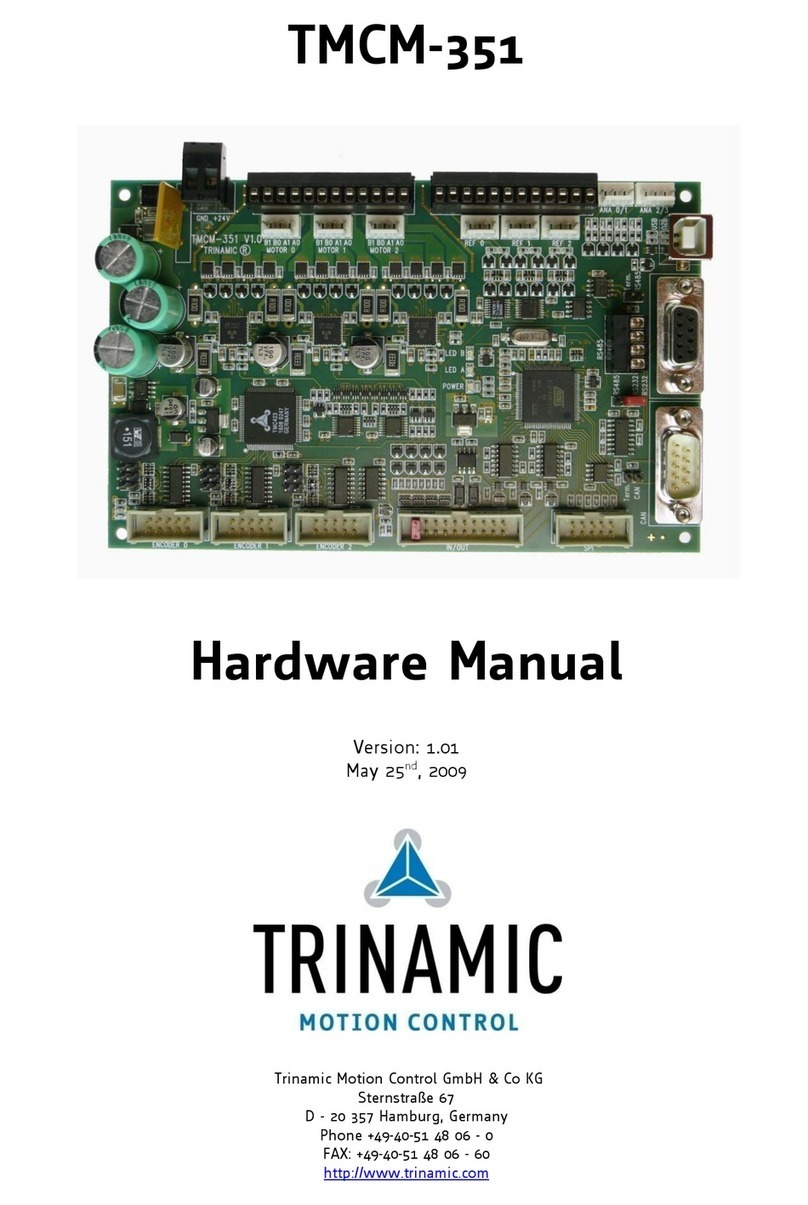Trinamic TMCM-AC-840 User manual




















Table of contents
Other Trinamic Computer Hardware manuals
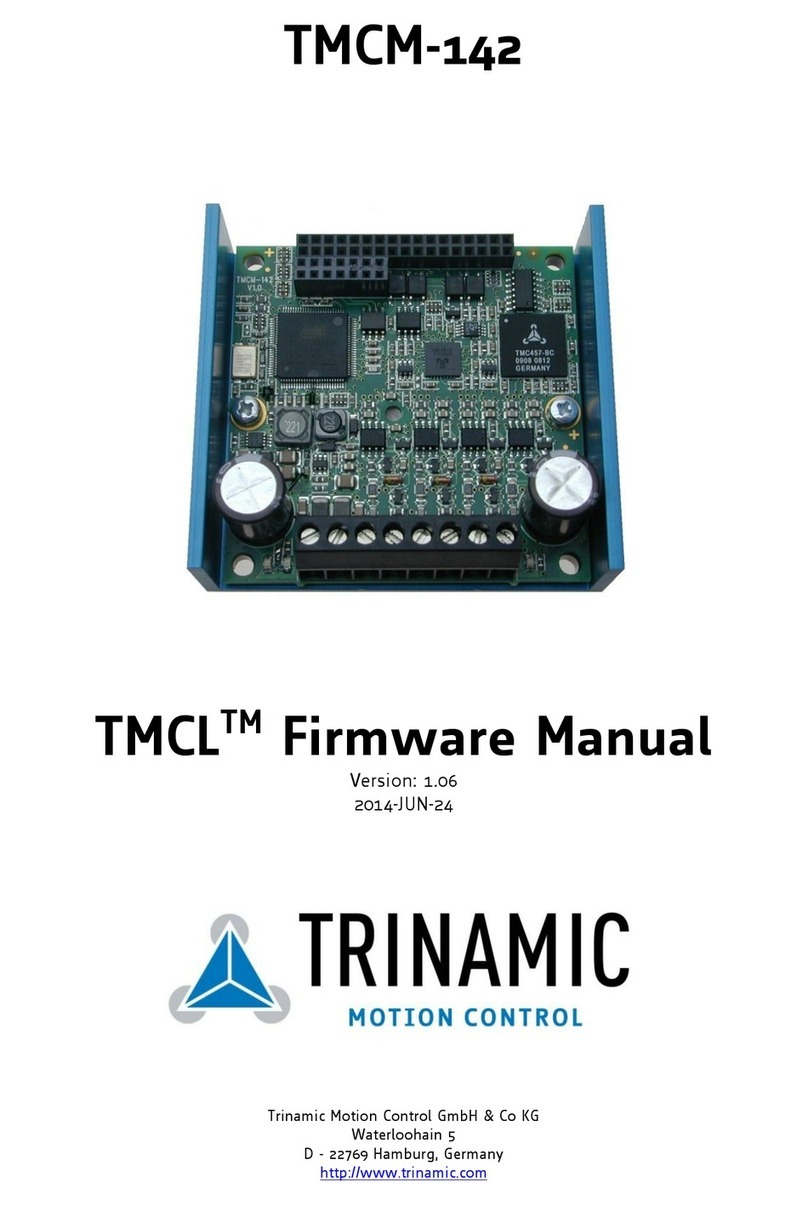
Trinamic
Trinamic TMCL TMCM-142 Use and care manual
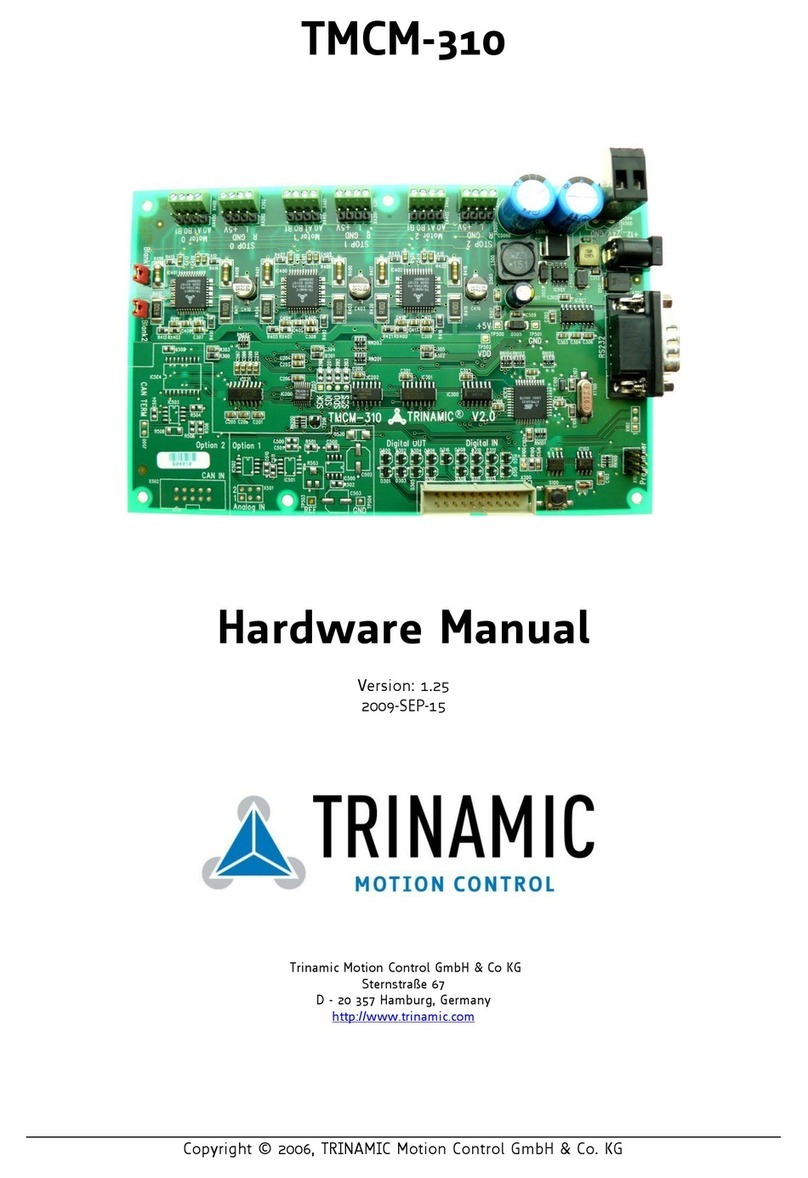
Trinamic
Trinamic TMCM-310 User manual
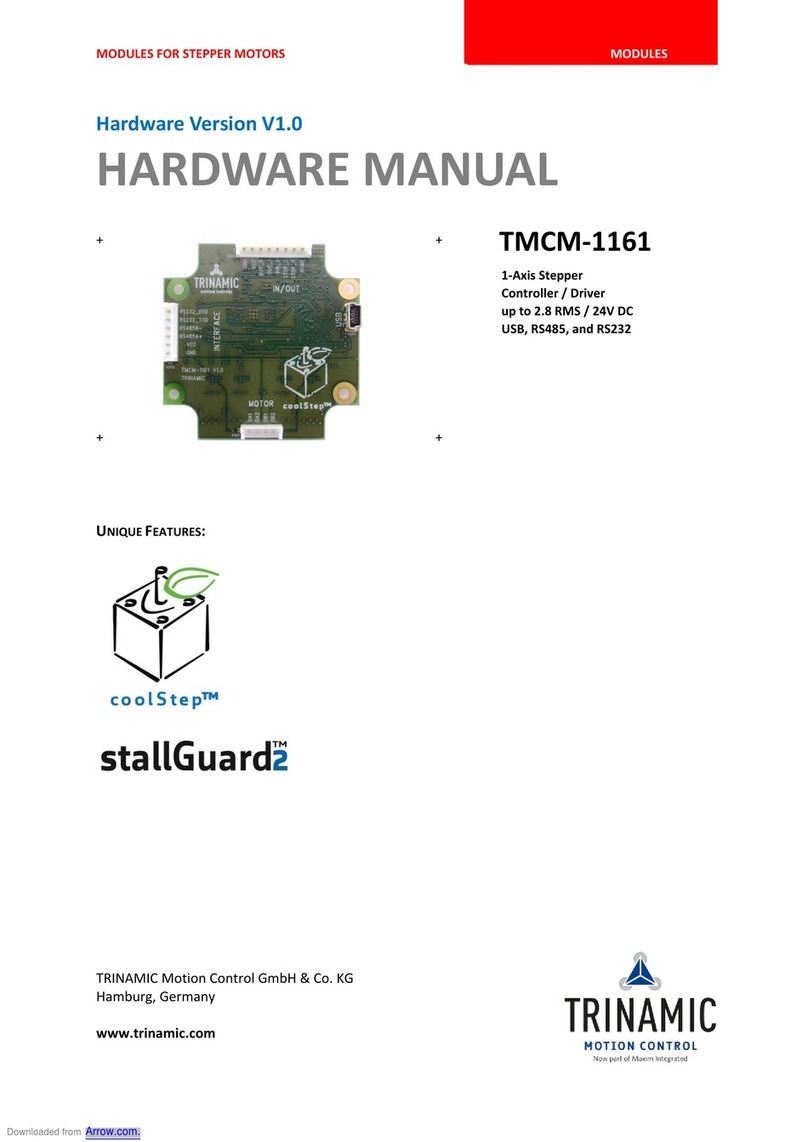
Trinamic
Trinamic TMCM-1161 User manual
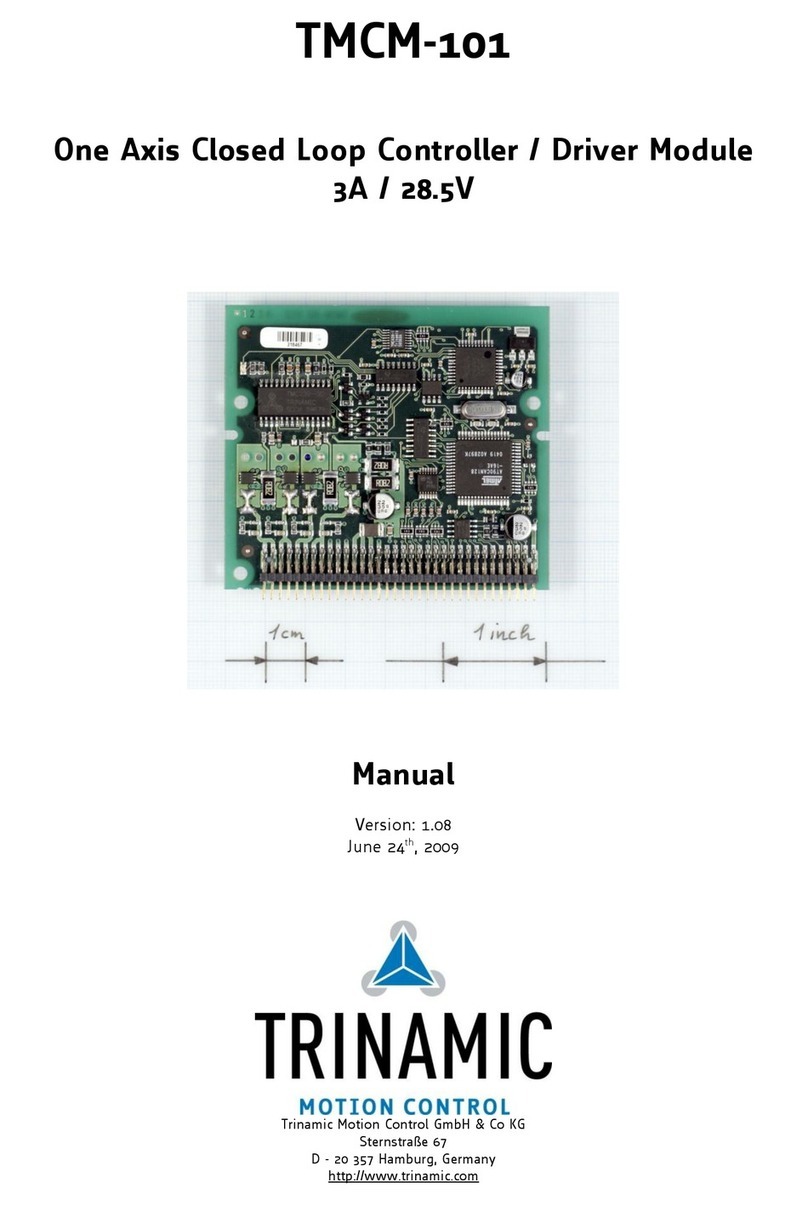
Trinamic
Trinamic TMCM-101 User manual
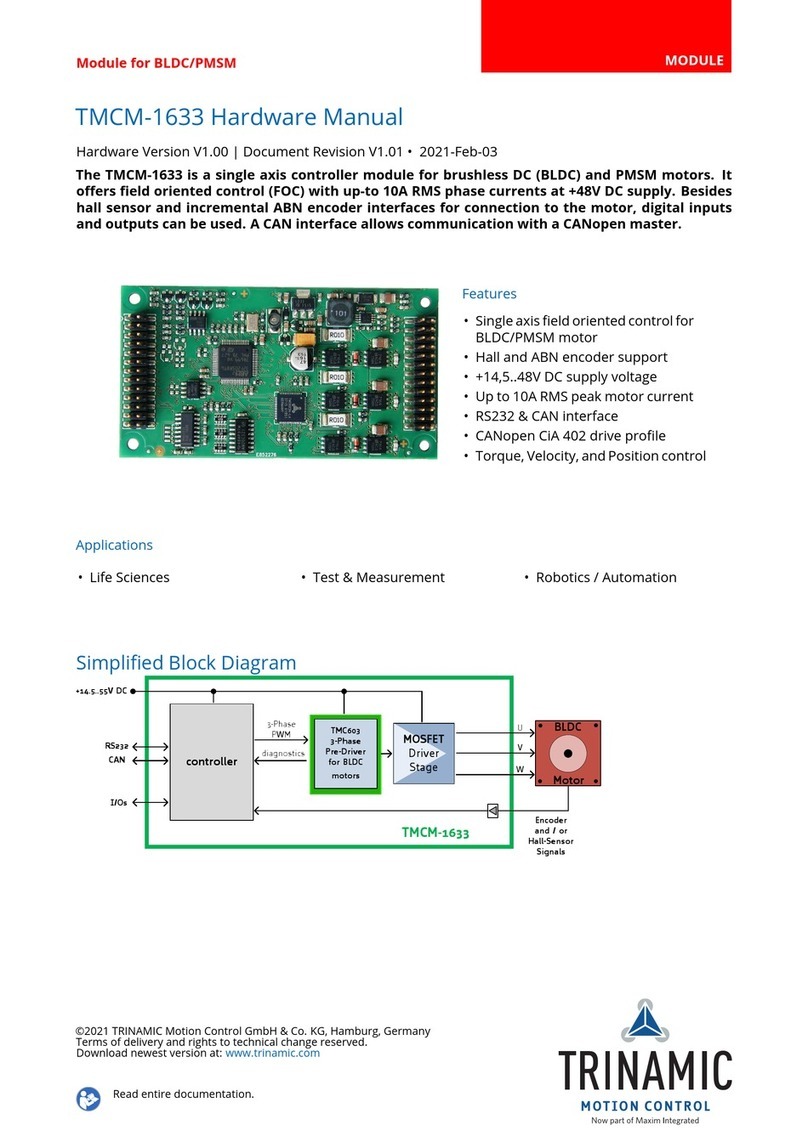
Trinamic
Trinamic TMCM-1633 User manual
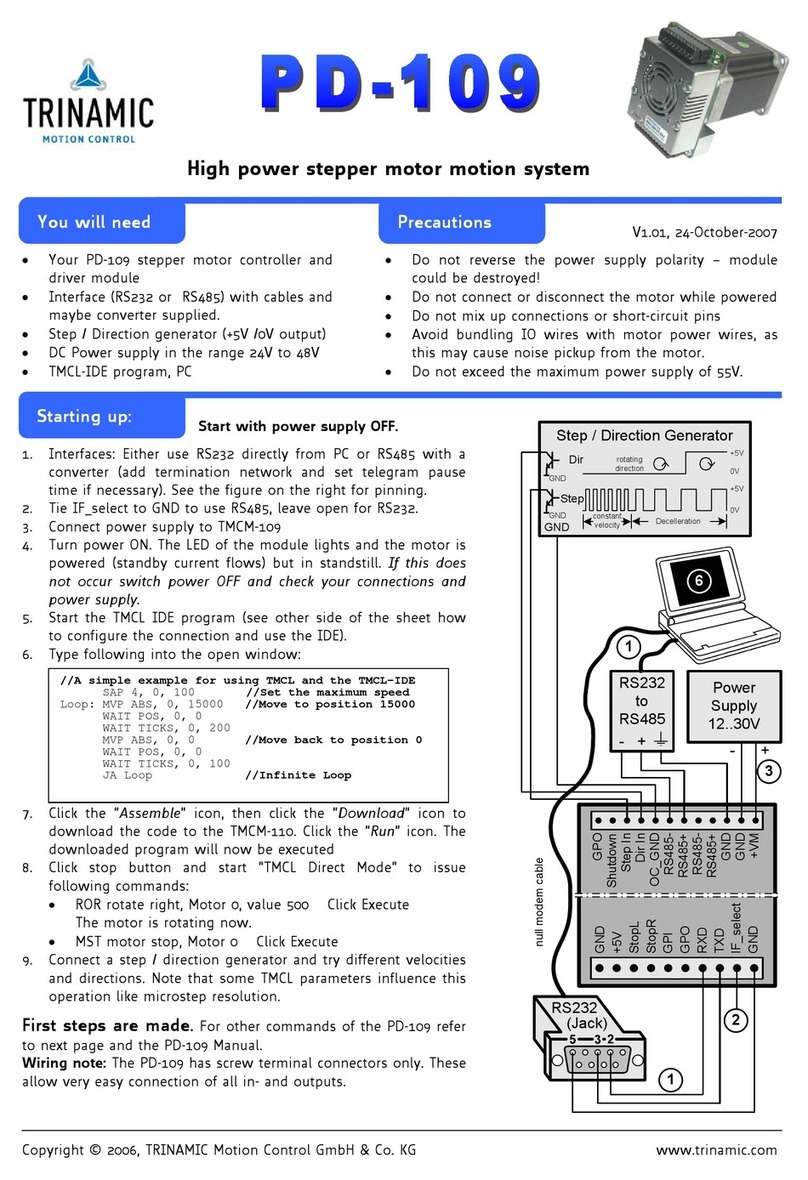
Trinamic
Trinamic PD-109 User manual
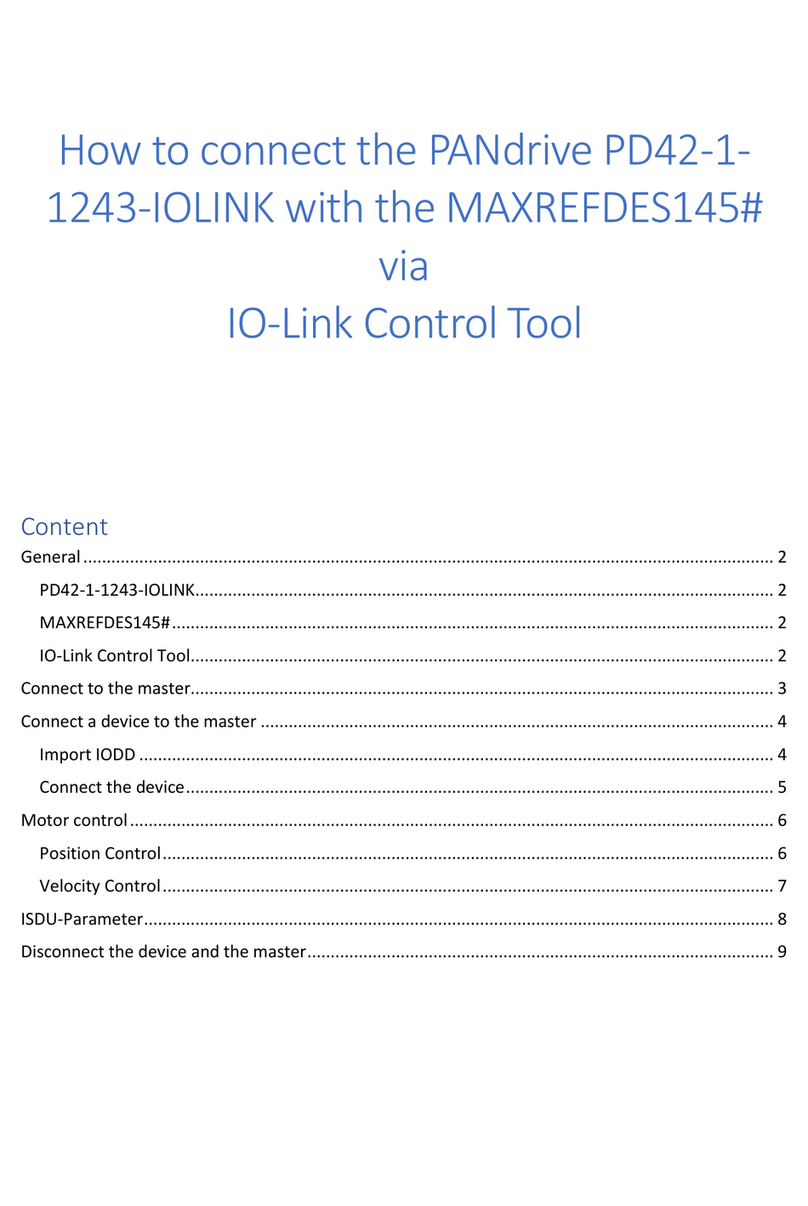
Trinamic
Trinamic PANdrive PD42-1- 1243-IOLINK Safety guide
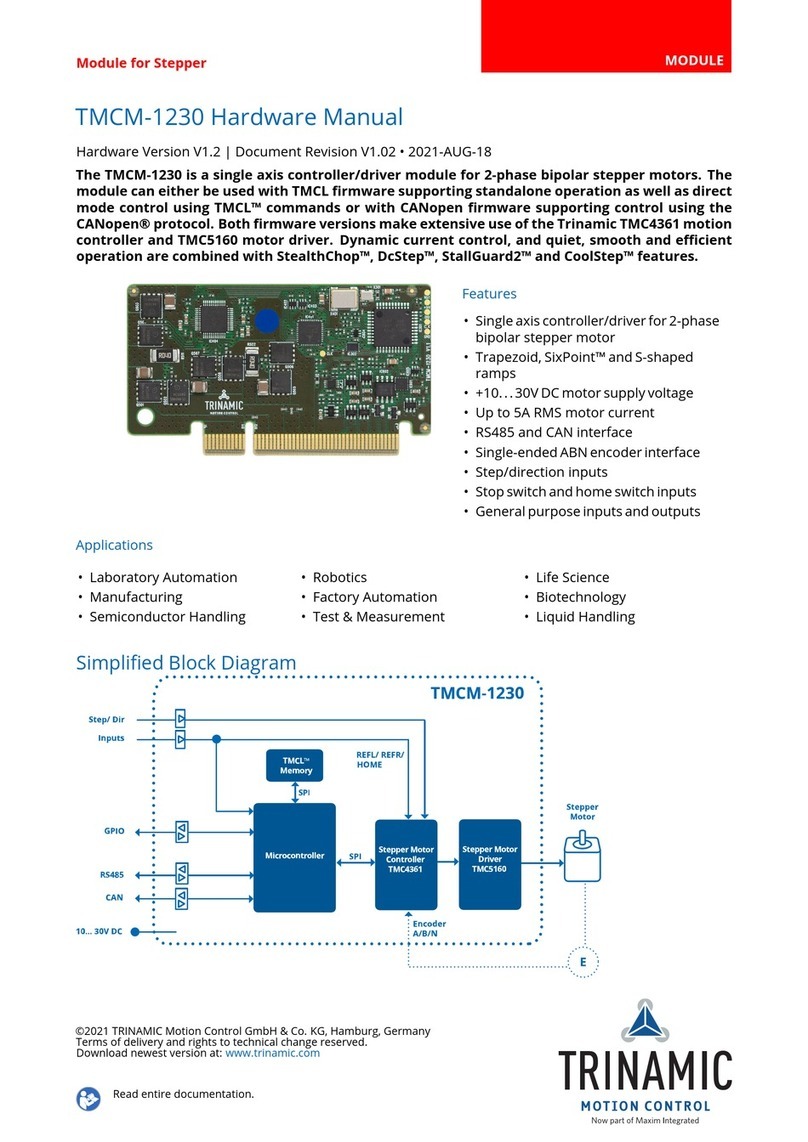
Trinamic
Trinamic TMCM-1230 User manual
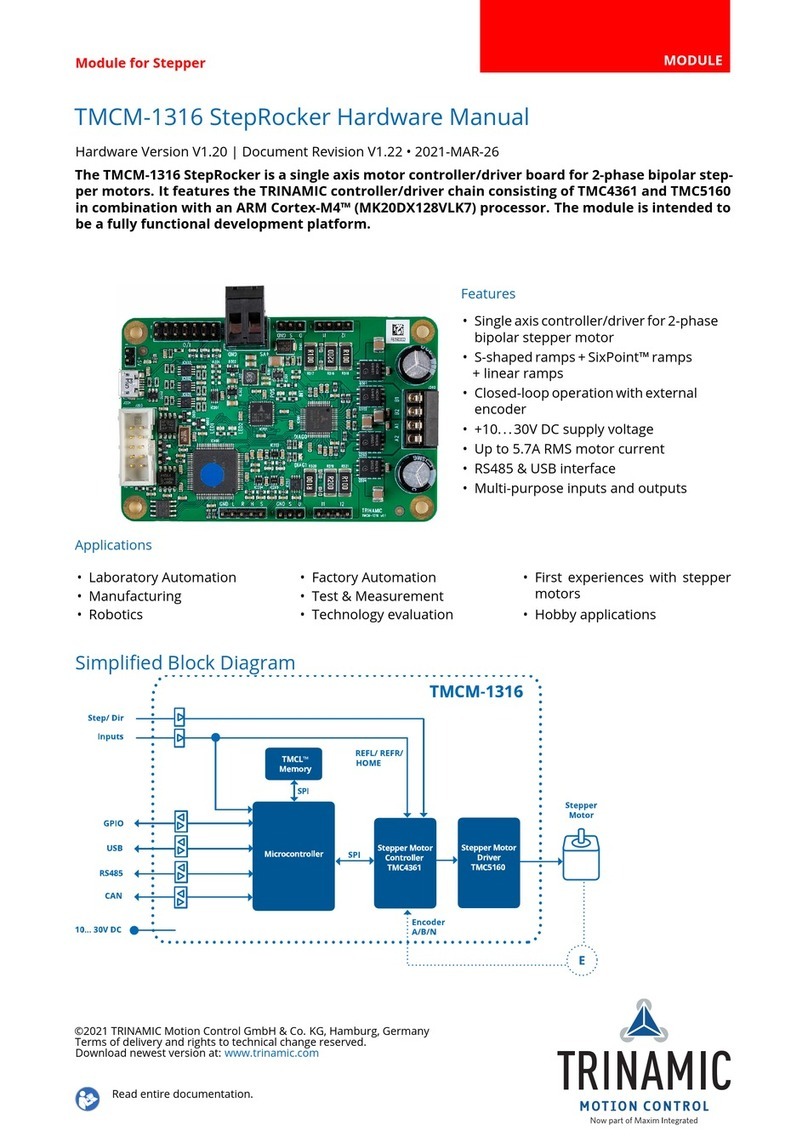
Trinamic
Trinamic TMCM-1316 StepRocker User manual
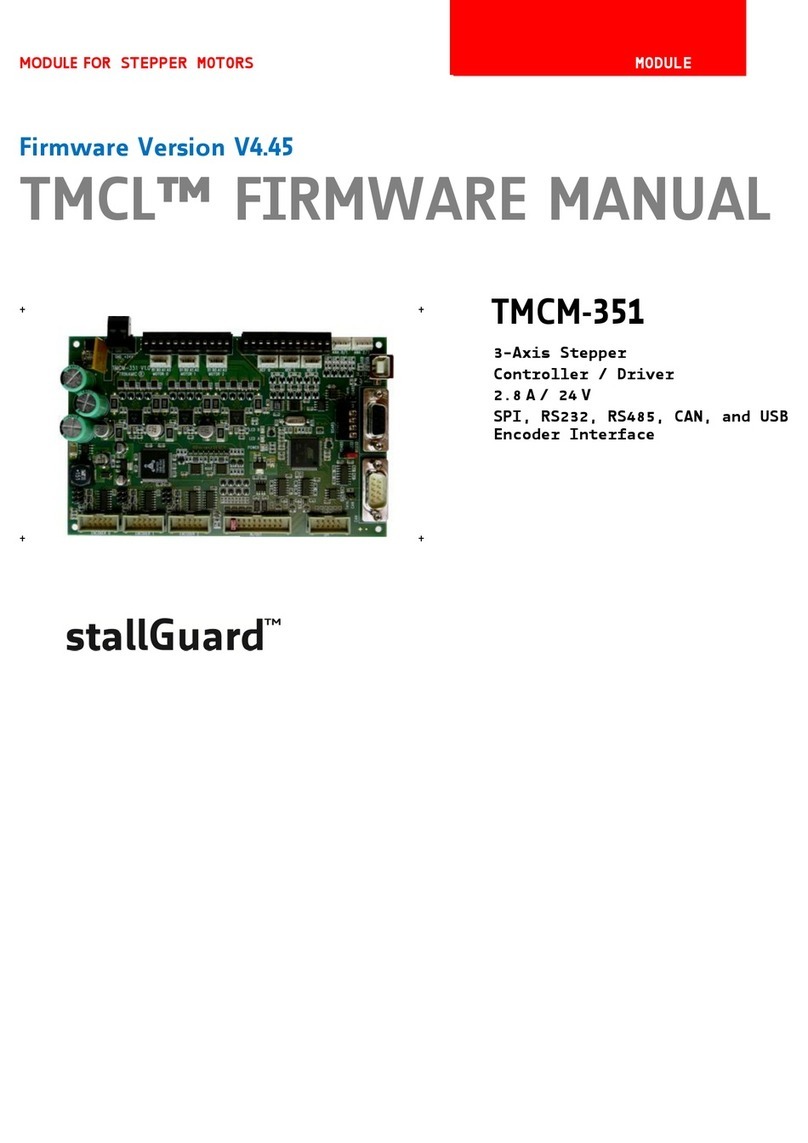
Trinamic
Trinamic TMCM-351 Use and care manual
Popular Computer Hardware manuals by other brands
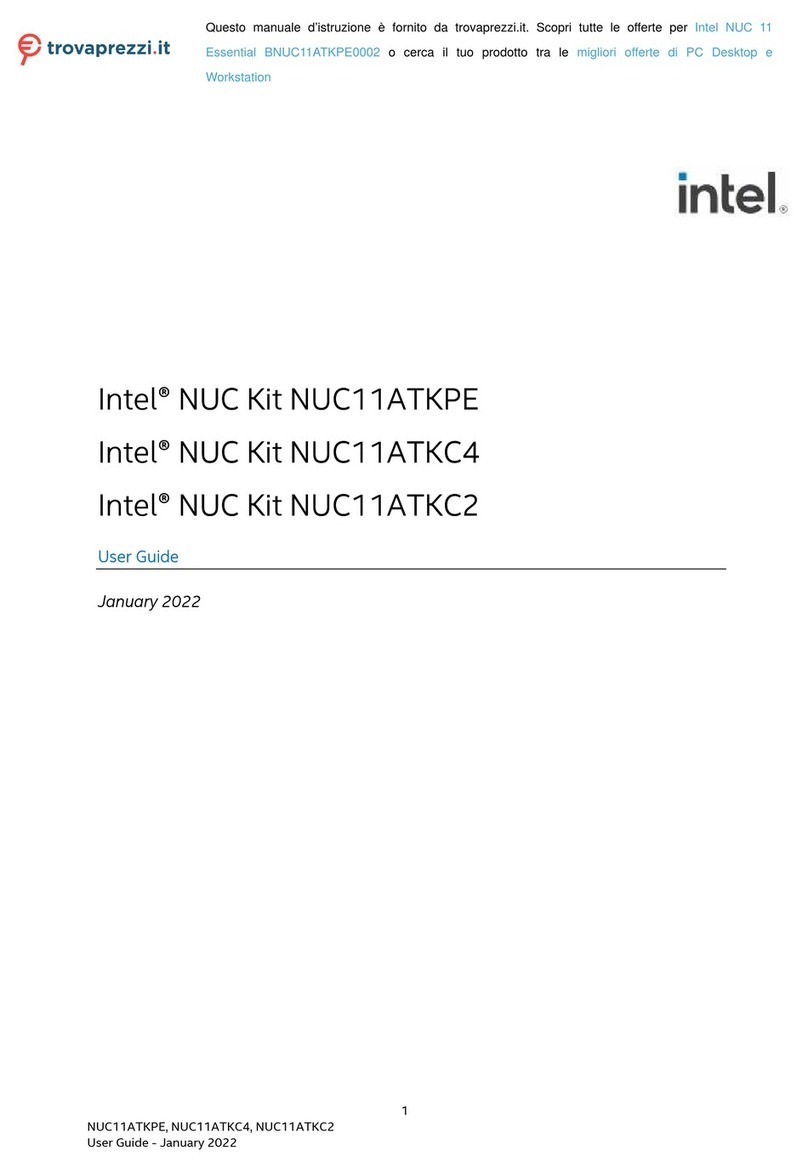
Intel
Intel NUC Kit NUC1ATKPE user guide
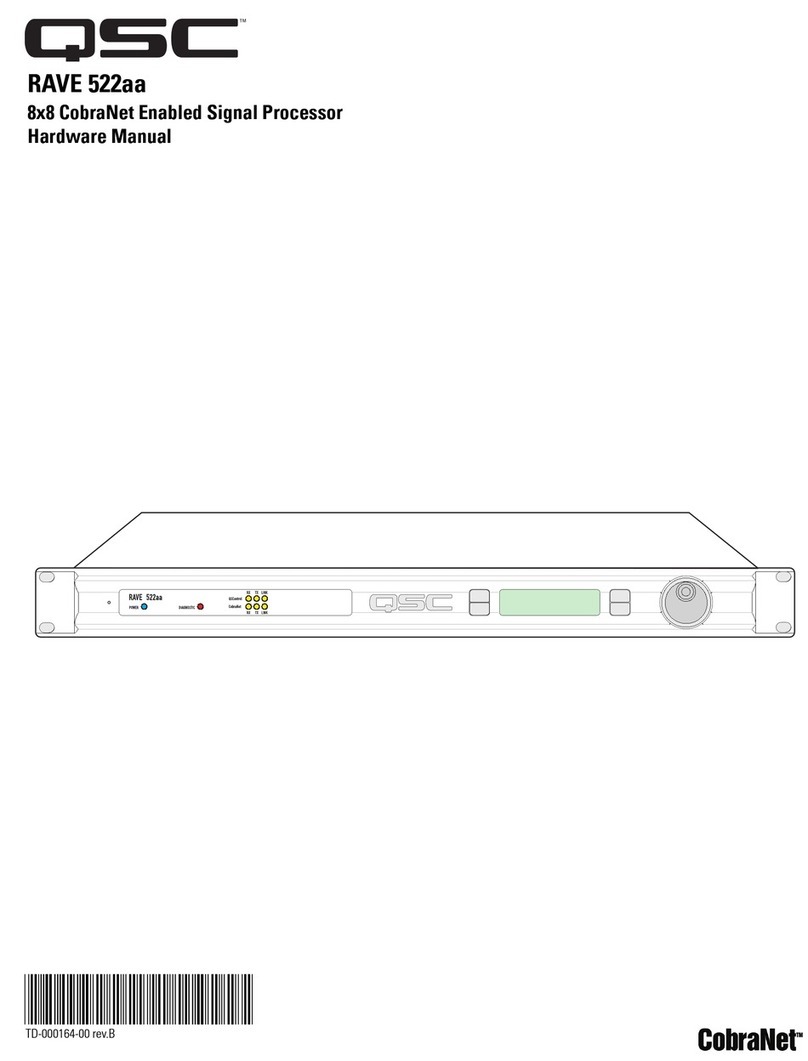
QSC
QSC RAVE 522aa Hardware manual

NXP Semiconductors
NXP Semiconductors S32G-VNP-EVB3 user guide
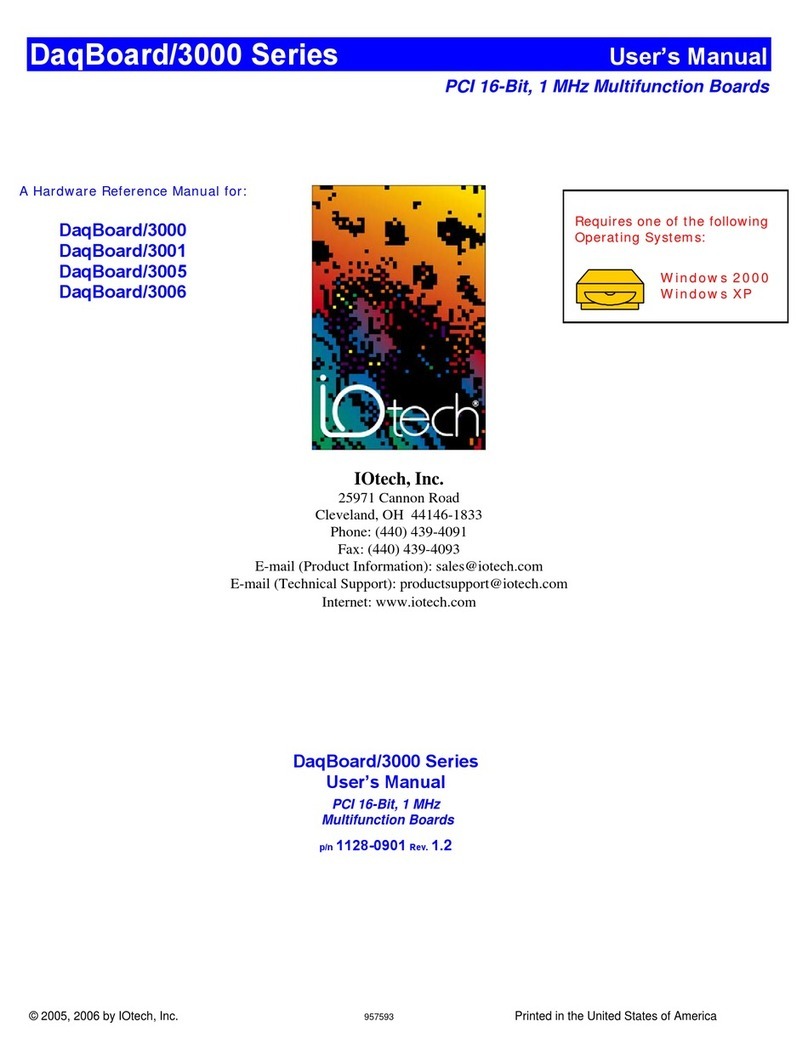
IOtech
IOtech DaqBoard/3000 Series user manual

3Ware
3Ware 9650SE-2LPB-10 - Sataii Raid Hardware 10Pk Cli guide
Cypress Semiconductor
Cypress Semiconductor CY7C1347G specification
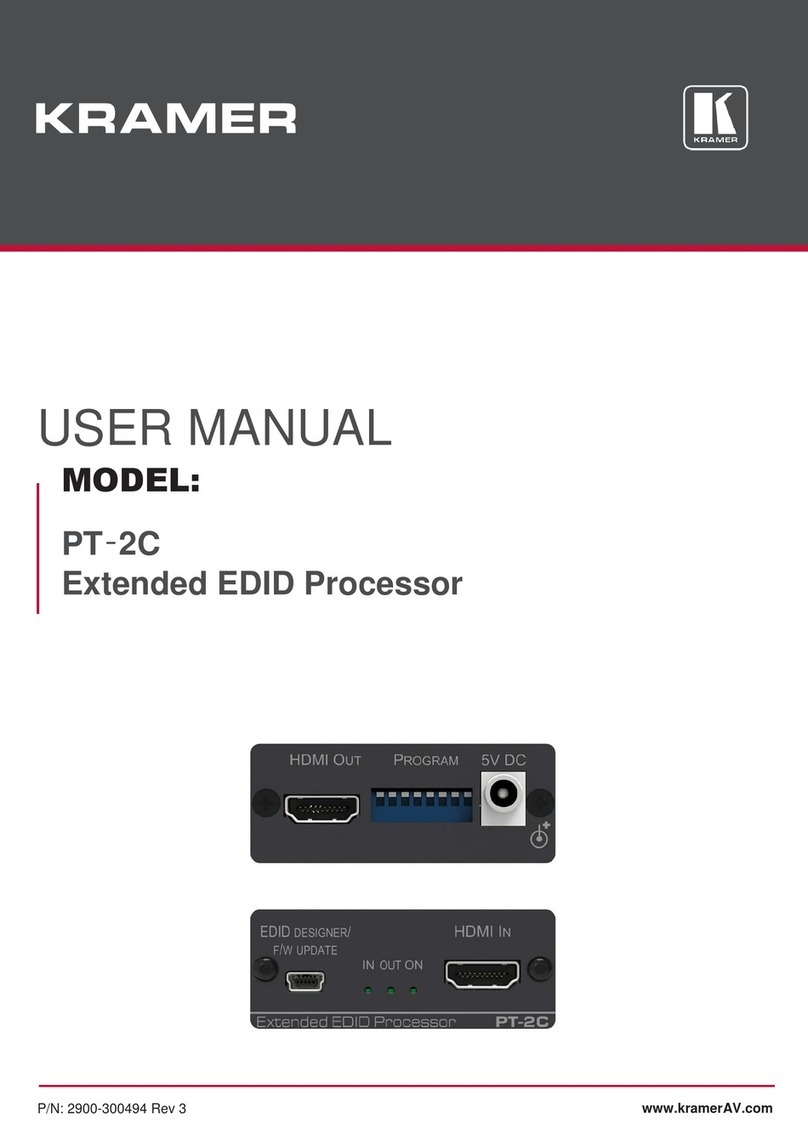
Kramer
Kramer PT-2C user manual
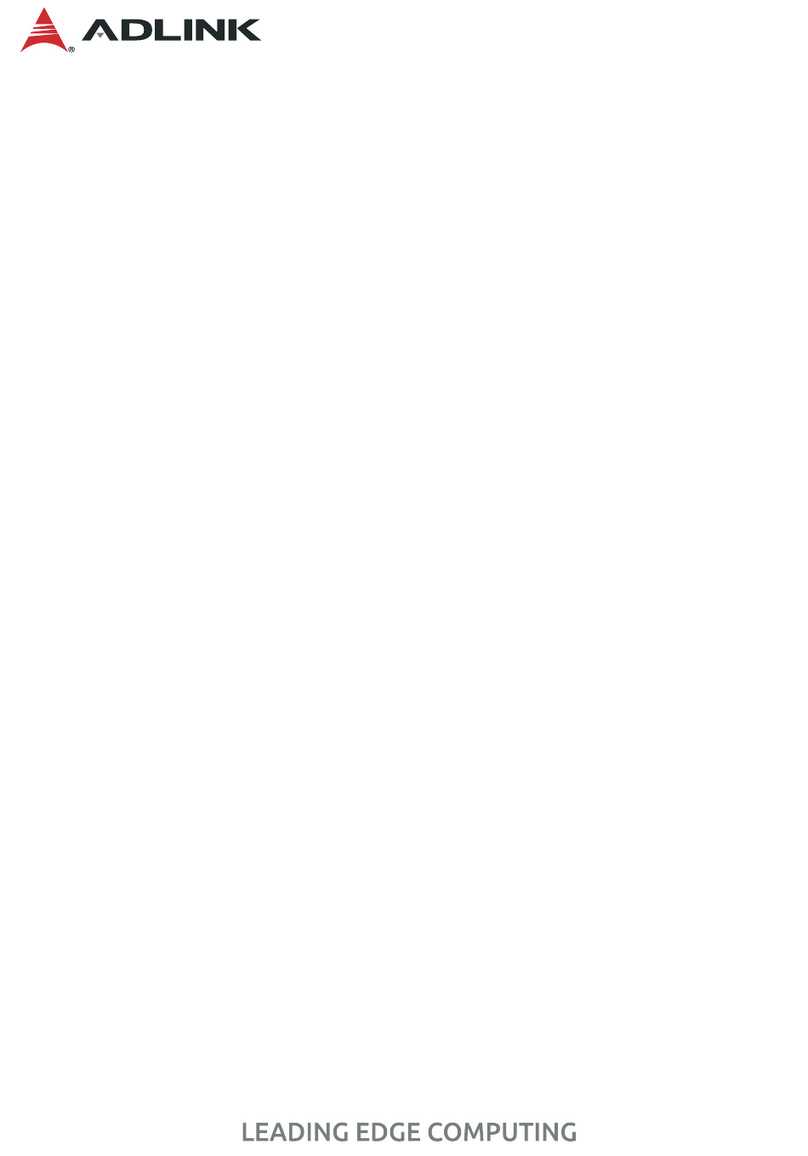
ADLINK Technology
ADLINK Technology PCIe-ACC100 user manual
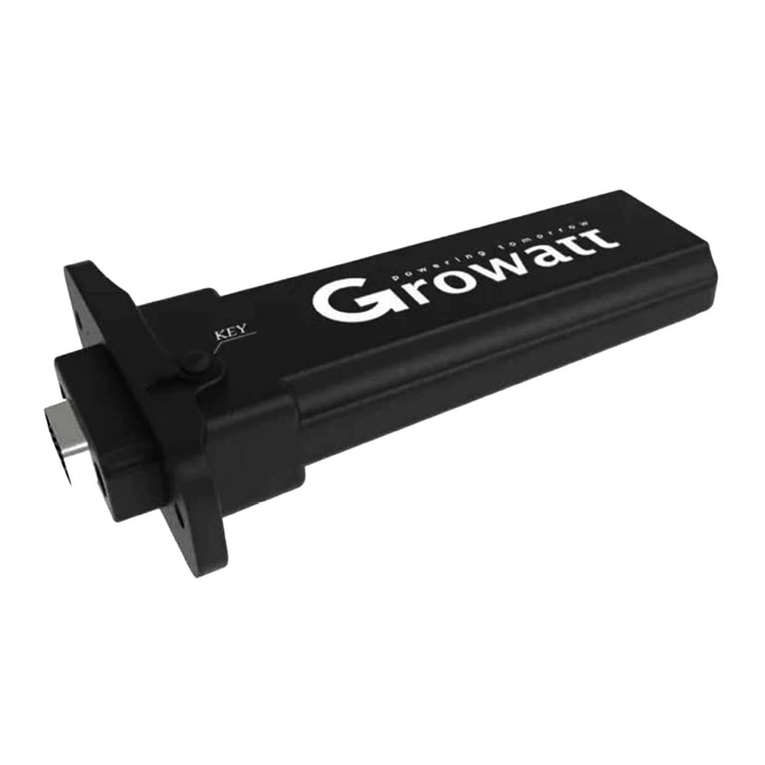
Growatt
Growatt ShineWiFi-X installation guide
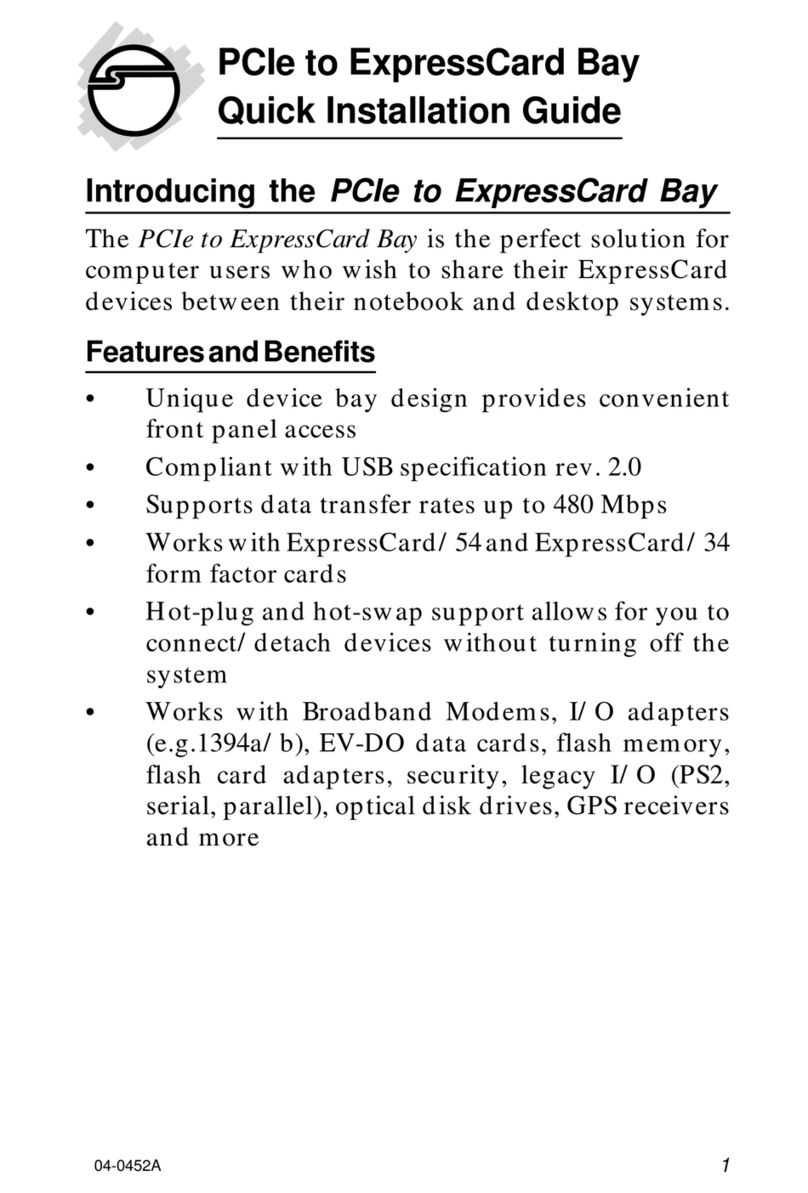
SIIG
SIIG PCIe to ExpressCard Bay Quick installation guide
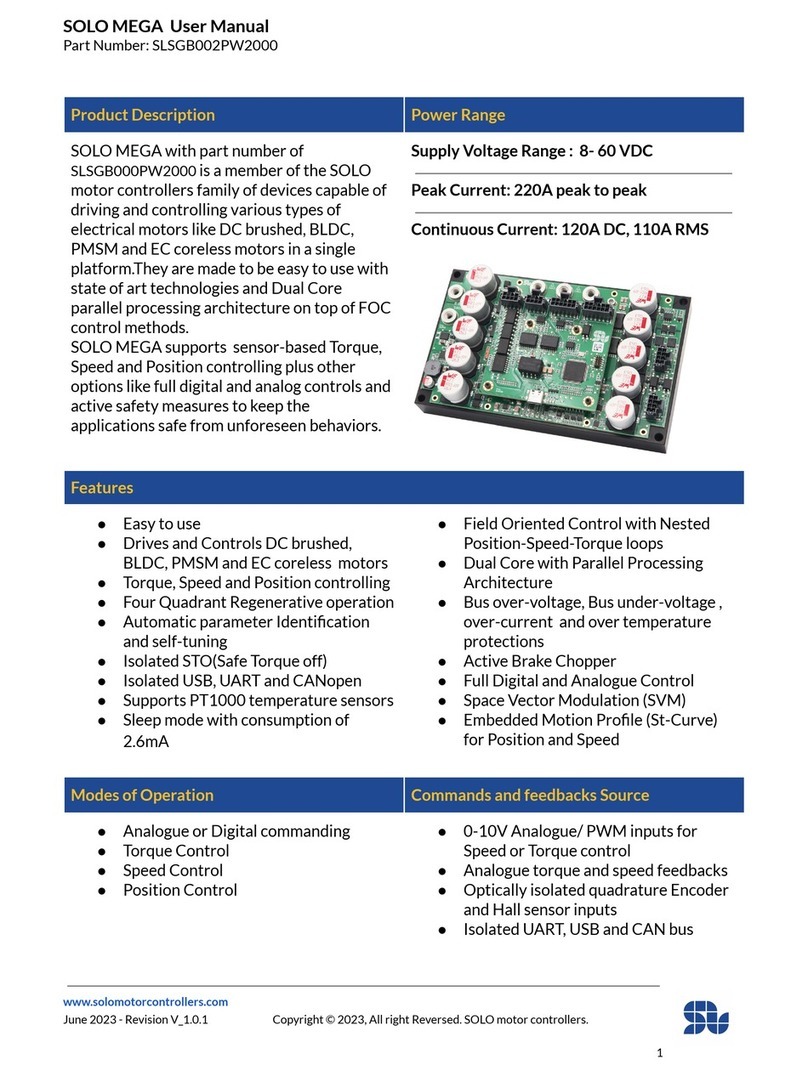
Solo
Solo MEGA SLSGB002PW2000 user manual
Cypress Semiconductor
Cypress Semiconductor PSoC 1 FirstTouch CY3270 manual
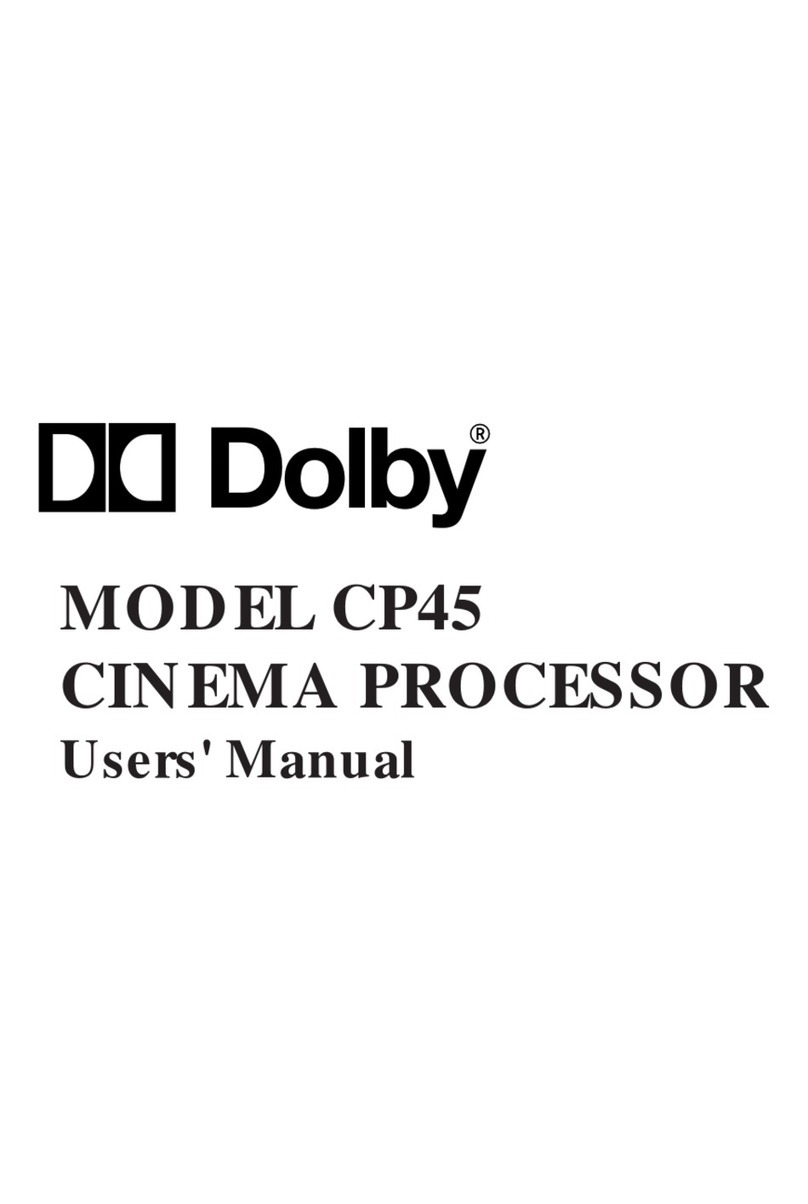
Dolby Laboratories
Dolby Laboratories CP45 user manual
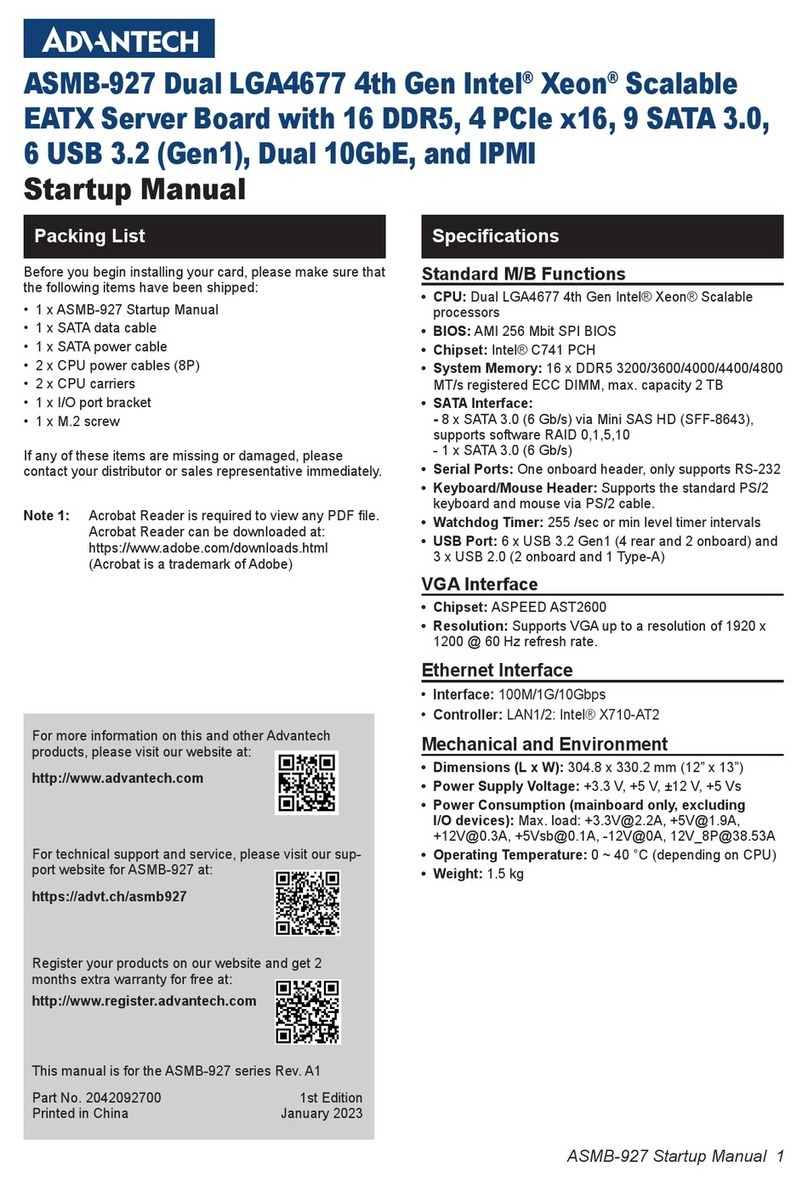
Advantech
Advantech ASMB-927 Startup manual
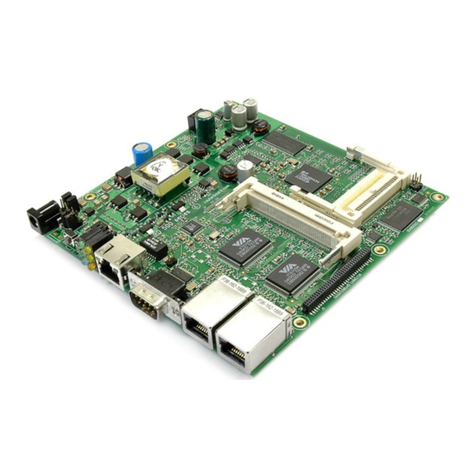
MikroTik
MikroTik RouterBOARD 500 Series Quick setup guide and warranty information
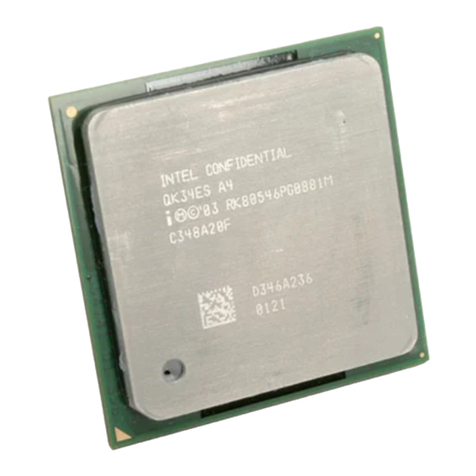
Intel
Intel SL8K2 - Pentium 4 3.20EGHz 800MHz 1MB Socket 478... specification

FOR-A
FOR-A MFR-16SDOA installation guide
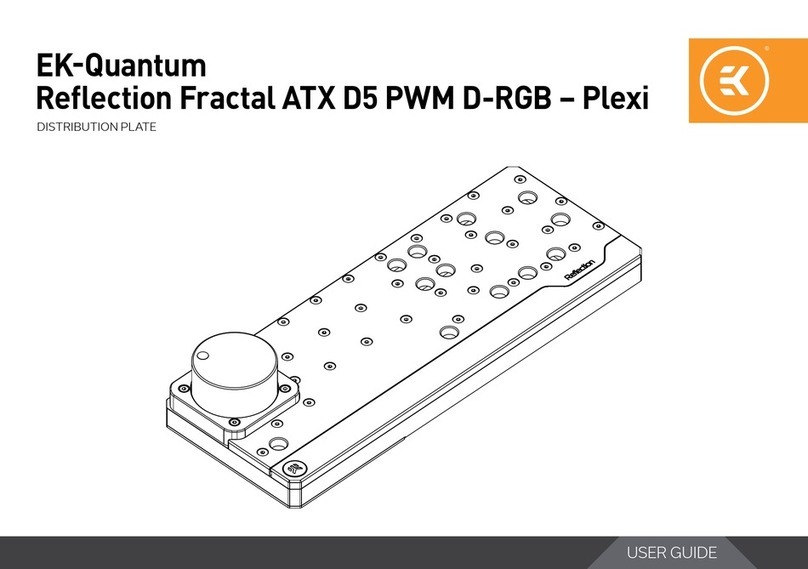
EK-Quantum
EK-Quantum Reflection Fractal ATX D5 PWM D-RGB - Plexi user guide
